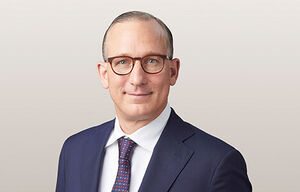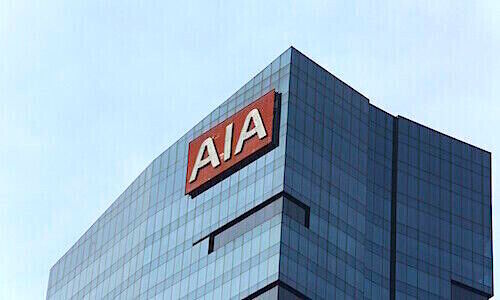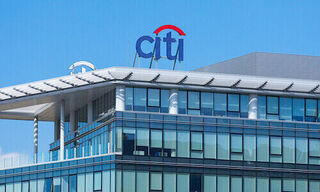Outbound investment in standing assets by Asian investors continues its steady momentum, with quarter-on-quarter growth in Q2 2015 at 8.9%, amounting to US$10 billion in capital flows.
This brings overall Asian outbound investment in H1 2015 to US$19 billion. International flows outside Asia rose 13% year-on-year in H1 2015 while intra-regional flows within Asia fell 40% reflecting more challenging conditions presented by limited product availability and reduced liquidity.
China maintains its lead as the largest source of Asian capital, investing US$6.6 billion in global real estate in H1 2015, followed by Singapore with US$4.4 billion and Hong Kong with US$2.2 billion.
In terms of country destination, the United States replaced the United Kingdom as the top country for Asian investors with US$6.1 billion of investments in H1 2015, as opposed to US$4.4 billion for the UK.
London continues to be the top city for Asian investors with an inflow of US$3.8 billion, followed by New York (US$3.7 billion) and Sydney (US$2.2 billion).
There was a notable increase in hotel investments, which accounted for US$5.8 billion or 30% of total Asian investment globally in H1 2015. This was largely supported by a number of major acquisitions by Chinese insurance firms, including the US$1.95 billion purchase of the Waldorf Hotel in New York by Anbang Insurance Group.
Marc Giuffrida, Executive Director, Global Capital Markets, said “This year we have really seen Asian outbound investment broaden with the US overtaking the UK as the preferred destination–US inflows this year are already at 90% of last year’s total. While the headlines readily report the trophy sales in New York, about 40% of the capital has flowed into Boston, Washington, Seattle and LA—all markets with very positive fundamentals and availability of opportunities.
London still maintained its position as the world’s leading city. It received around 85% of UK inflows so far this year, and we are now seeing investors taking advantage of positive sentiment in the leasing and capital markets by looking at value enhancement strategies and development. Elsewhere in EMEA, core investors have been active right across Germany, particularly within the office and logistics sectors.”




















